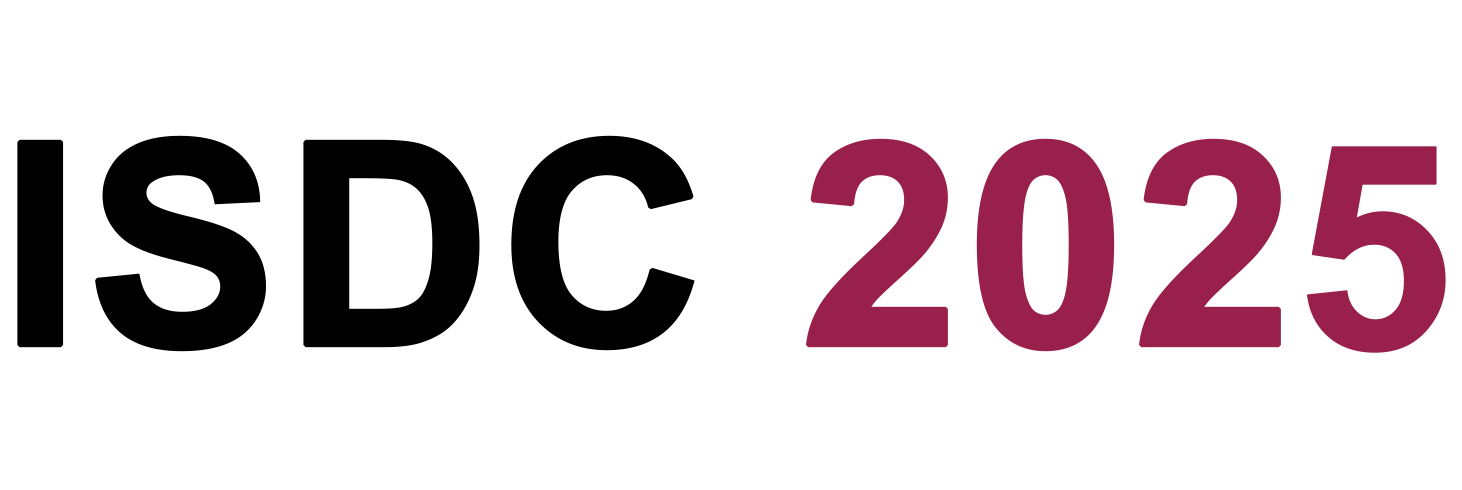
Plenary: Student Plenary #1 (Morning, 3rd of August) on Sunday, August 3, 2025, 1:15 PM
Room: Metcalf Small Ballroom
Thread: Environment and Resources
Duration: 45 minutes
Chairs: Jack Mercer, Christine Tang
Supports: Zeynep Hasgul, Andries Botha
Watch RecordingSustainable pesticide management in Quebec through participatory qualitative systems modeling: a case study in corn-soybean
Presenters: William Robitaille, Jan Adamowski, Andreas Nicolaidis Lindqvist
This study investigates the persistent use of synthetic pesticides in Quebec's corn-soybean production, despite environmental policies aimed at reducing pesticide reliance. Focusing on Montérégie-Est, the research uses a qualitative participatory systems modeling approach to understand economic, institutional, and socio-political drivers of pesticide dependency. Through Group Model Building, 30 stakeholders were engaged in co-developing causal loop diagrams (CLDs), highlighting feedback loops related to pesticide resistance, agrochemical market dynamics, and barriers to organic transition. Digital storytelling enriched the modeling process, making system dynamics more accessible and inclusive. Preliminary findings reveal substitution effects between glyphosate and residual pesticides, increasing resistance, and feedback loops that reinforce dependency. The project identifies trade-offs between economic viability and sustainability, providing insights into leverage points for policy interventions. This participatory process contributes to sustainable pesticide management by aligning stakeholder perspectives with systemic analysis, and it supports the development of scenarios aimed at reducing synthetic pesticide use in Quebec agriculture.
A System Dynamics Approach to Managing Material Cost Overruns in Industrial Building Projects2
Presenters: Lukas Sihombing, Davied Insja
Cost overruns remain a critical challenge in industrial construction projects, often undermining project success. This study applies a system dynamics approach to model and mitigate risks contributing to material cost deviations. The research identifies nine key risk events—including material price fluctuations, distribution inefficiencies, procurement delays, and specification changes—that significantly impact actual costs. By integrating these risk factors into a dynamic feedback model, the study simulates the cascading impacts on project cost performance. Simulation results demonstrate how effective preventive and corrective actions can reduce cost overruns while balancing mitigation expenditures. The model also reveals the limitations of traditional static risk assessment tools, emphasizing the superior adaptability of system dynamics in reflecting real-world project complexities. The proposed model serves as a decision-support tool for contractors and project managers, enabling more accurate cost forecasting and risk control. The findings contribute to advancing risk-informed cost management practices in industrial building construction.